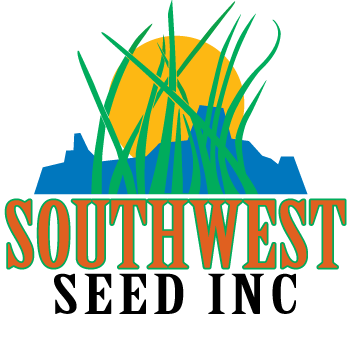Kentucky Bluegrass – Forage type
Description
Kentucky Bluegrass is an introduced, dense sod-forming, perennial grass found throughout the United States. Many varieties are bred for turf applications, but Ginger is the most common type of forage Kentucky Bluegrass. Kentucky Bluegrass requires supplemental water or higher altitudes to survive in our arid Southwest. When established, its dense root system is an excellent erosion control mechanism. It is a highly palatable grass for livestock and wildlife. Kentucky Bluegrass can be used in pastures, as the understory for orchards, and on irrigated pond banks and other problem areas that need good soil stabilization. It is slow to germinate (approximately 28 days) so patience is the name of the game.
Varieties: Ginger
Details
Type
Cool Grass
Purpose
Pasture, Erosion, and High Elevation
Latin Name
Pasture, Erosion, and High Elevation
Zone
NA
Height
18″ – 24″
Cool/Warm
Cool
Sun/Shade Tolerance
1 – Very Sunny
Min. Precipitation
18″ – 30″
Seeds Per Pound
2177000
Planting Rate
Forage seeding 10 – 15 blk lbs/ac
Native/Introduced
Introduced
Annual/Perrenial
Perennial
Growth Pattern
Sod
Additional Information
Variety Release Sheet
NA
USDA Sheet
https://plants.usda.gov/factsheet/pdf/fs_popr.pdf
Questions?
Southwest Seed is happy to help. Please feel free to call or email us for more information about our products and services. Before you get in touch, you might take a look at our Planning Guide. It has information that you can gather prior to contacting us so that we can efficiently answer your questions.
